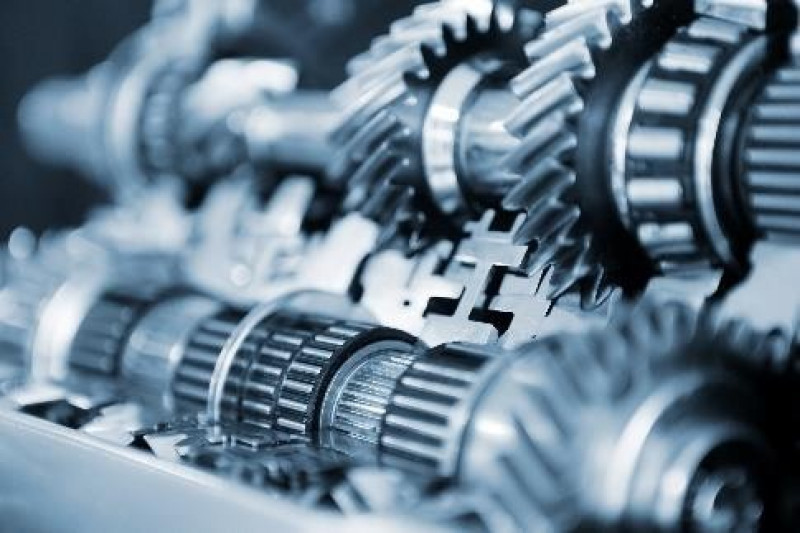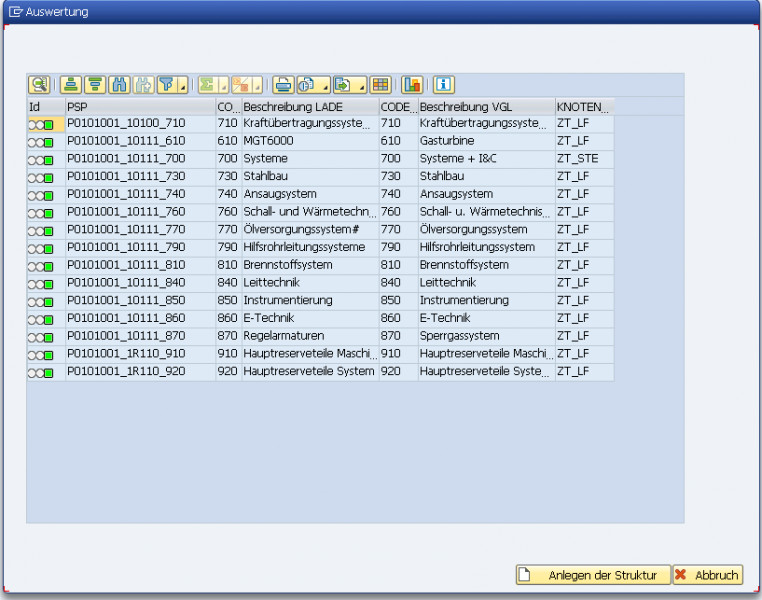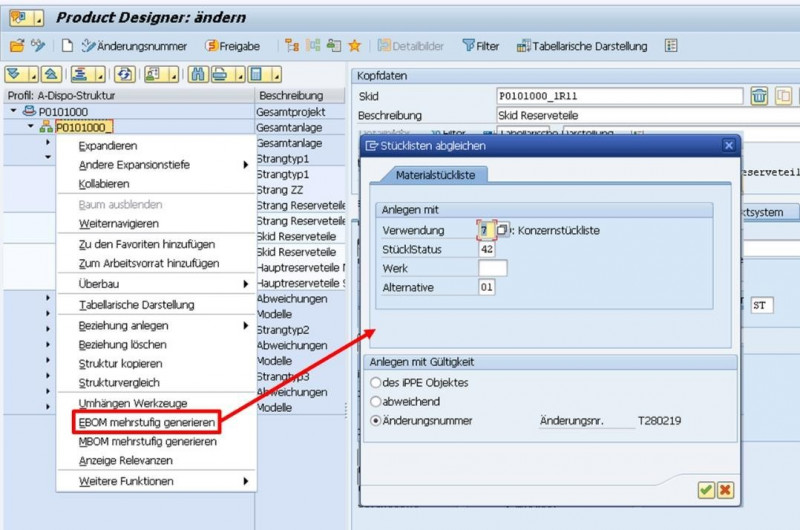29.09.2020
MAN Energy Solutions introduces new product structure in the SAP system
Together with MAN Energy Solutions, BDF implemented the Product and Process Governance, which makes it easy to set up or import integrated product structures.
| Customer | MAN Energy Solutions |
| Location | Oberhausen |
| Size | 14.000 employees |
| Website | www.man-es.com |
| Products and Services |
Steam and gas turbines, compressors and expanders |
As the world's leading solution provider for industrial production, energy and the maritime economy, MAN Energy Solutions operates a large number of production sites all over the world. Many of the engines and turbomachinery manufactured by MAN Energy Solutions are individually adapted to the customer's needs. Factory-specific bills of material are required for the production of customer-specific products. Previously, this role was taken over by the design department at MAN Energy Solutions as part of the Engineer to Order process. After planning and designing the customer order, it created the bill of materials manually. This was coordinated with the plant in which the order was to be produced.
The problem with this solution was that once the bill of materials had been created, production in another plant was no longer easily possible. In the event of short-term fluctuations or changes in production planning, customer orders could only be produced in another plant if a new bill of materials was created. A solution was needed that would make it possible to create factory-neutral parts lists and only adapt them automatically to the respective plant shortly before production begins.

Challenges
Due to the company's history, there was no common, cross-plant view of the structure of product data. For this reason, MAN Energy Solutions decided to set up an integrated product structure in SAP together with BDF EXPERTS. In the future, this should serve as a central source for all activities. At MAN Energy Solutions, configuration software is used outside of SAP for the planning of products and customer projects. In the configurator, most of the components (core machine, spare parts, process and heat exchange system, etc.) are already combined into strands and projects. The reference to the plant will also be entered here – if already known. To integrate the data into SAP, an XML file is generated from the configurator, which is used for data import.
Solution approach and implementation
Together with MAN Energy Solutions, BDF implemented SAP Product and Proccess Governance (SAP PPG by BDF), which makes it easy to set up or import integrated product structures. In order to integrate the information from the configurator, the BDF standard interface for generating product structures has been extended. The interface program first filters out all relevant information from the import file, compares it with the template product structure in the SAP system by means of a unique code, and lists the result in a pop-up window in the interface (see Figure 1). This allows the user to check whether all items can be processed correctly or whether an adjustment of the template product structure is necessary before the actual integration. The product structures are hierarchically structured. Depending on the position of each component in this hierarchy, the interface program automatically determines the node name. The node name, in turn, is used for the automatic, unambiguous assignment of the associated WBS elements.

During the upload, new material masters are automatically copied from the material masters stored in the template product structure. These new material masters serve as BOM headers for the customer-specific BOMs. At the same time, the BOM item data is filled in the structure (quantities, item type, design and production relevance, reference points, etc.) and the plant assignment from the import file is transferred to the classification to the node.
Even if parts of the structure have been created automatically, the global group BOM can be generated directly from the product structure.
The global engineer's BOM is automatically synchronized into the factory-specific, necessary manufacturing BOMs every night. Plant-specific differences are automatically taken into account.

Benefits/Conclusion
The product structure is now the source for all data about the product. This is where the individual pieces of information from the SAP Project System (SAP PS) (assignment of WBS elements and network operations), the first BOM levels (EBOM and MBOM, BOM item data), material masters (assignment in the product structure), and plant information (classification) come together. This means that it is now possible to carry out global engineering - this means that it does not matter at which location the engineer works. Thanks to EBOM and automated synchronization, short-term production relocations from one plant to another can now be realized without increased effort. The separation of the global design and factory-related manufacturing BOMs is supported by this central product structure. The previously necessary manual steps for the creation of the materials of the BOM headers are automated, as is the interpretation and transfer of the configuration of the product from the feeder system, which significantly reduces the effort and susceptibility to errors compared to the previously manual steps. In addition, the automated interface made it possible to significantly reduce the maintenance effort for the BOM creation.






